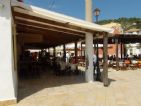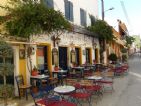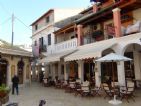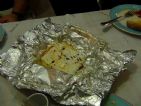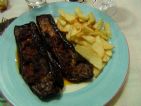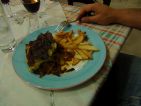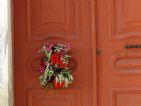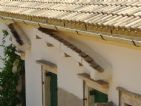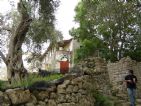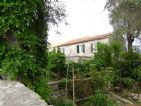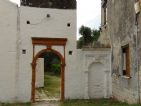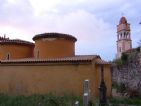
Architecture, business and gastronomy in Paxos (General Part)
14/05/2013 15:55:35
Following the research structure of the Archduke, and as in other campaigns, today this blog is dedicated to the General Part. Specifically today we’ll show a series of data relating to architecture, trade and gastronomy.
As for the business in times of Archduke almost the entire economy revolved around the production of oil. Today we find that it has become a secondary activity. Tertiary activities related to tourism are the main business now.
There were also commercial activities in the ports of the island. Today is more frequent to see tourists. During the day the boats are arriving into the port with hundreds of tourists. Private boats and charter sailboats arrive in the afternoon, which are forced to go out every morning to let the tourist boats in.
We can find many taverns in Port Gaios, also described by the Archduke. Some dishes are Greek, and other international cuisine (Italian). It is difficult to find the local dishes indicated by the Archduke in his book.
In the restaurant “Vasilis” we could try a variety of Greek dishes. For example a baked Feta cheese or zucchini croquettes with herbs.
In Paxos for example, a baked eggplant with tomato and herbs and the typical moussaka.
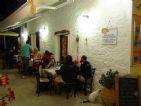 It is always enjoyable to find restaurants that still preserve the traditional cuisine of the various places we’ve visited. Here is a picture of the restaurant “Vasilis”.
It is always enjoyable to find restaurants that still preserve the traditional cuisine of the various places we’ve visited. Here is a picture of the restaurant “Vasilis”.
 The port of Gaios has the charm of having preserved most of the old houses. Here we see the city council. We had the opportunity to meet the mayor of Paxos, Spyros Bogdanos, who is a historian and poet. From the first moment he has helped us with our project and even visited the island with us.
The port of Gaios has the charm of having preserved most of the old houses. Here we see the city council. We had the opportunity to meet the mayor of Paxos, Spyros Bogdanos, who is a historian and poet. From the first moment he has helped us with our project and even visited the island with us.
One of the traditions mentioned by the Archduke is to hang a bouquet of flowers at the door of the houses on May 1st. Here we see the detail in one of the houses of Gaios.
Another important aspect of the island is the lack of water. The ingenuity to collect, in many ways, was very important. Archduke also speaks of fireplaces, specifically shows the “chimney of the teacher”. We have seen one like it but could not tell if it’s the same one.
We also started to look for churches and houses in the inner part of Paxos. We can see the house of Tomas Veljantis, that even without being reformed, is in fairly good condition, or Mizali Stumali house which part of the roof has been rebuild.
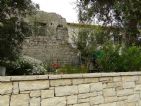 Makratika’s house was halved to two brothers, right down the middle of the old center archway. One half has been renovated and the other half retain in its original appearance, although in ruins.
Makratika’s house was halved to two brothers, right down the middle of the old center archway. One half has been renovated and the other half retain in its original appearance, although in ruins.
At Agia Pariaskievi church the arch connecting the belfry has been removed, and at the church of Papandí we see that part of the roof has been rectified. Many of these churches are abandoned. In Papandí are living just a couple of families throughout the year.
In the next post we will complete this part of architecture with some additional houses and churches. Only in Paxos there are 64 churches...








